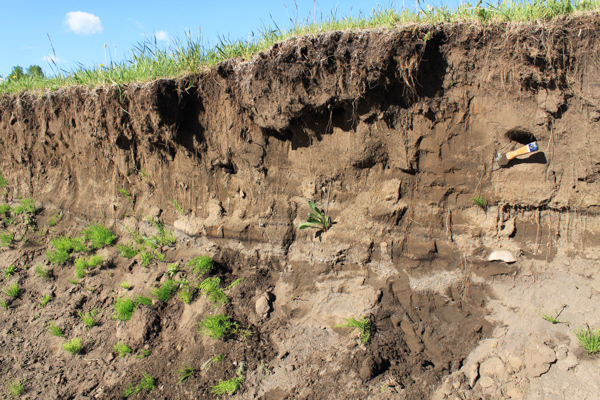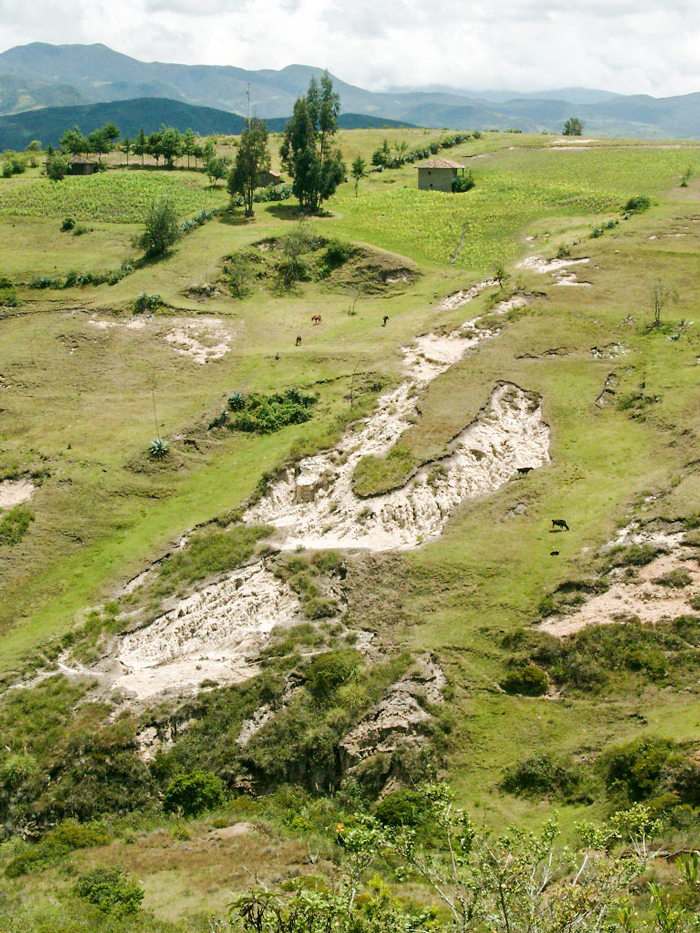- Home
- Science Introduction
- Former Initiatives and Working Groups
- GloSS Scientific Goals
GloSS scientific goals

response to forest clearing (Kananaskis River, Canada).
The objective of the GloSS WG was to determine the sensitivity of soil resources and sediment routing systems to varying land use types, under contrasting climate regimes.
To achieve this, GloSS analyzed the global pattern of past and present anthropogenic soil erosion, its climate and human-induced forcings, and the consequent transfer and storage of sediment along the fluvial sediment routing system to the coastal zone.
GloSS focused on the local and regional impact of anthropogenic activities on soil erosion and sediment transfer through the fluvial system in heterogeneous socio-ecological contexts since the onset of agriculture (i.e. <8,000 years Before Present in Eurasia and equivalent time periods elsewhere).
The objectives and goals of the GloSS WG sat at the nexus of climate, environment and humanity and thus contribute to the interdisciplinary activities at the heart of the PAGES science structure and to the Future Earth initiative, which seeks to answer the following questions:
How is the planet changing due to human activity and natural phenomena?
What are the environmental and societal trends, drivers and processes affecting change and how do they interact?
What are the options and opportunities for change towards sustainability?
 Successfully addressing these questions in relation to the sustainable use of soils, sediments and river systems required an understanding of past human-landscape interactions. GloSS, therefore, aimed to:
Successfully addressing these questions in relation to the sustainable use of soils, sediments and river systems required an understanding of past human-landscape interactions. GloSS, therefore, aimed to:
- Update the global network of scientists developing long-term soil erosion and sediment flux histories within socio-ecological systems complied by the LUCIFS WG;
- Develop proxies for, or indices of, human impact on rates of soil erosion and fluvial sediment transfer that are applicable on a global scale and throughout the Holocene;
- Create a global database of long-term (102-104 years) human-accelerated soil erosion and sediment flux records;
- Identify hot spots of soil erosion and sediment deposition during the Anthropocene, and
- Locate data-poor regions where particular socio-ecological systems are not well understood, as strategic foci for future work.